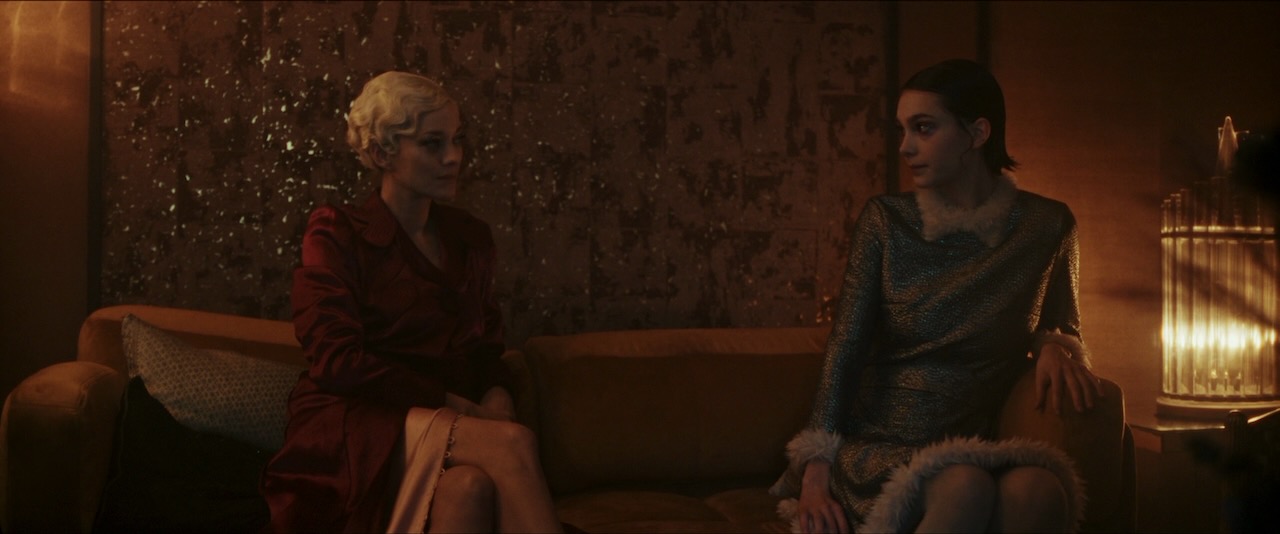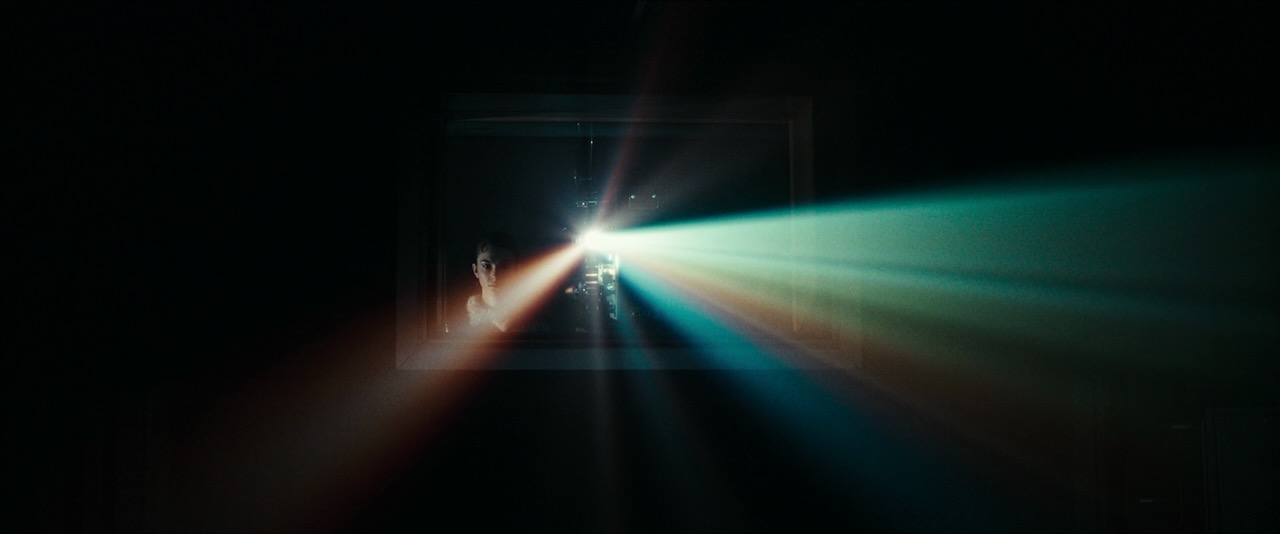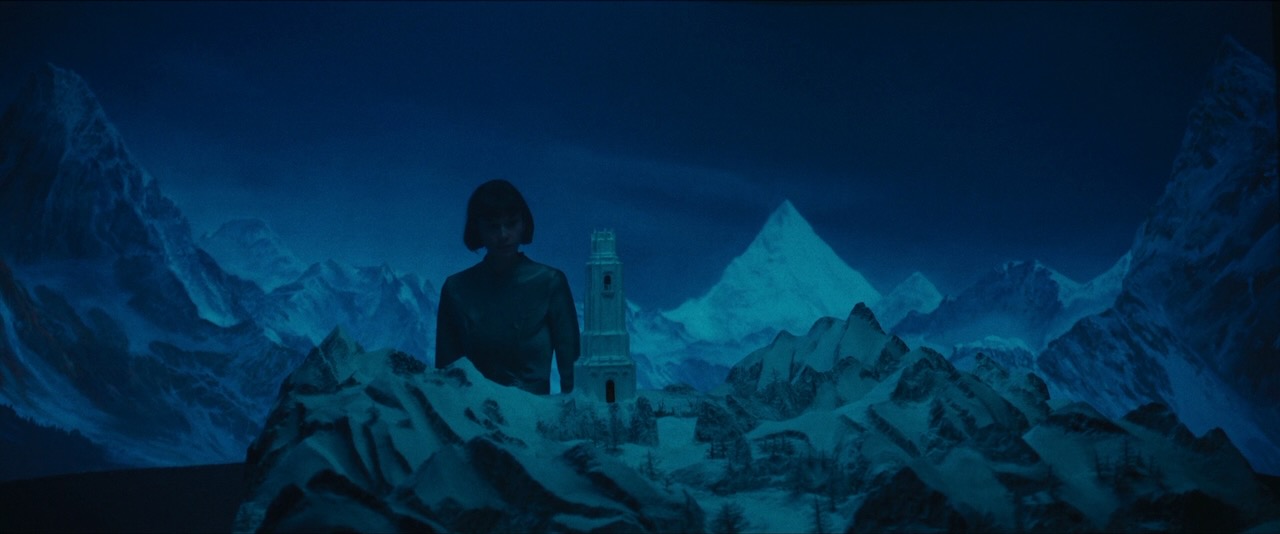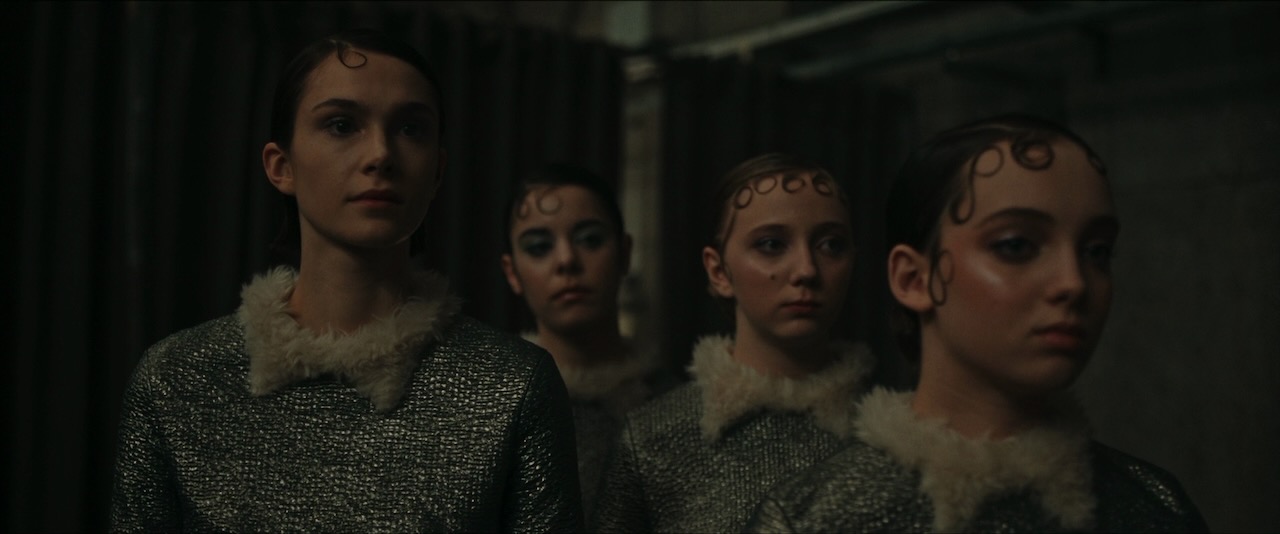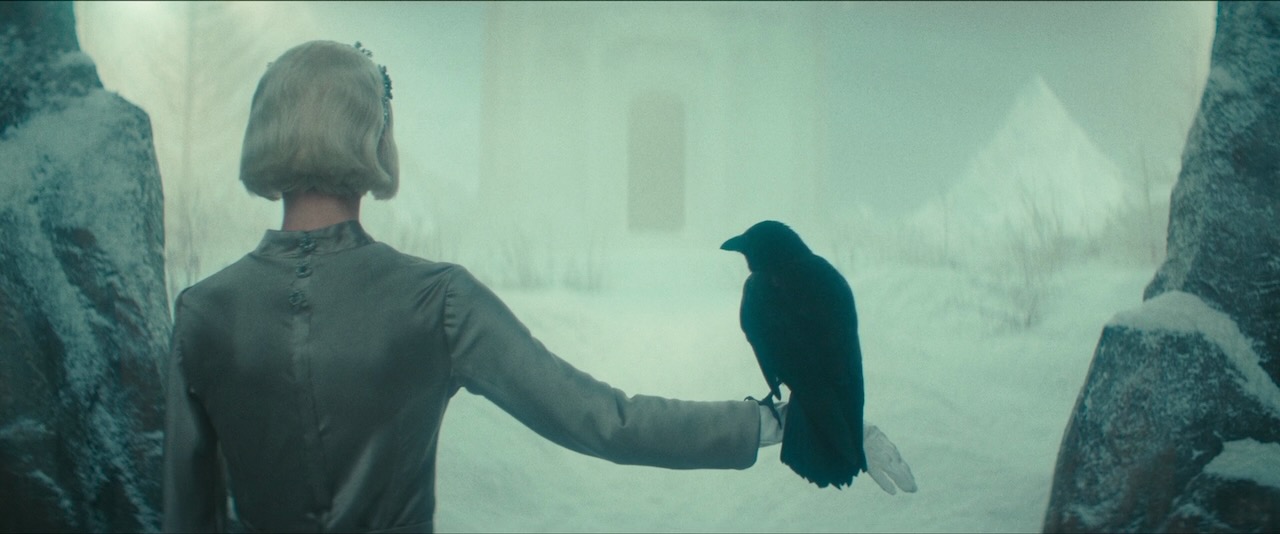The Loneliness of the Long-Distance Singer (1974, Chris Marker)
It’s not a short (an hour long), but I have little to say about it, so this is a short entry. The movie’s probably of more interest to fans of Yves Montand’s singing career than of Marker’s filmmaking or their shared politics. Marker focuses on Montand’s rehearsals for an upcoming concert benefitting Chilean refugees and he cuts to clips from the concert itself, and clips from Montand’s political films (Z, The Confession, The War Is Over).

Shot by the IMDB-credited Pierre Lhomme (Mr. Freedom, Army of Shadows) as well as Jacques Renard (Celine & Julie Go Boating) and Yann Le Masson. A nicely put-together little movie, but more like your standard fly-on-wall doc mixed with a celebrity personality piece than Marker’s usual style. Montand is passionate about the details, but it’s not my kind of music so I’m not sure what he’s going for. M. Legrand was involved somehow.
Some dude on the sidelines sports a Flo & Eddie shirt:

Lady Blue Shanghai (2010, David Lynch)
Plays like a total Inland Empire outtake (or Darkened Room 2). A confused Marion Cotillard calls security on an expensive handbag (the short was commissioned as a handbag advertisement) found in her room. She grabs it and half-remembers some alternate-existence romantic rooftop chase scene, featuring herself, an attractive man from Shanghai, and an expensive handbag.

My Wrongs 8245-8249 and 117 (2002, Chris Morris)
An unstable Paddy Considine is left in charge of the dog, but can’t manage it. Dog dies, Paddy ends up at the pond screaming at ducks. Nice Warp-sounding music from the director. I enjoyed it.

Mermaid (1964, Osamu Tezuka)
Katy likes when I show her movies I haven’t already watched, then criticizes this one for being depressing and My Wrongs for being unfunny. None of Tezuka’s shorts have been sad before (well, Male has a murder scene), so how was I to know? A re-run of Haanstra’s Glas was better-received. This one’s a 1984/freedom-of-thought parable about a boy who catches a fish and imagines its a mermaid, until the thought police imprison him and try to brainwash away his imagination so he’ll see the fish as a fish. Naturally it ends with the boy freeing his fish and either becoming a merman or drowning himself.

The Uneasy Three (1925, Leo McCarey)
A Hal Roach short starring Charley Chase as a wannabe thief who, with his girl and her brother, pretends to be a musical trio to gain entry to a high-society party and steal a valuable brooch. That’s such a generic-sounding description that now I can’t recall if I wrote it or I copy/pasted it from somewhere. Anyway, they successfully fake being musician/entertainers and frame the real musicians for the crime.
Bull Montana, harpist:

Winston Tong en studio (1984, Olivier Assayas)
A studio recording of a silly-sounding song. I missed the vocalist’s interview in French, but enjoyed Jah Wobble’s rant against commercialism. Also liked the filmmakers’ sound mix, keeping bits of the last take in the mix over the interview, dialing up and down the backing music while Tong is singing. Besides Assayas it’s got Nicolas Klotz (La Blessure, La Question Humaine) editing.

Hokusai: An Animated Sketchbook (1978, Tony White)
Tony, an assistant on Richard Williams’ A Christmas Carol brings acclaimed Japanese woodcut artist Hokusai’s drawings wonderfully to life for a five-minute short. Not having any previous Hokusai exposure myself, I can’t tell which drawings are his and which are interpreted by White. Teshigahara had also made a short doc on Hokusai, and a few years after this Kaneto Shindo would make a feature with the great English-language title Edo Porn.

Endangered Species (2006, Tony White)
I found Tony’s other short on YouTube – a eulogy for the lost art of hand-drawn animation, made in collaboration with Roy Disney. So ol’ Walt is championed at the expense of his competitors at Warner Bros. Also parodied: Roger Rabbit, Fritz the Cat, Beavis & Butthead, artistic diversity, and corporations that would cruelly try to control independent animators and diminish their freedom. Seems weird that a pro-Disney film would be against huge companies. Seems to have mixed feelings about Pixar, and tags Hayao Miyazaki as animation’s hope for the future.
